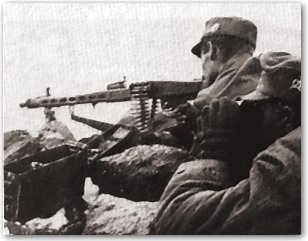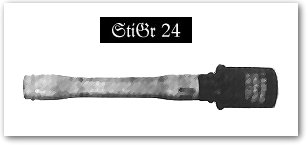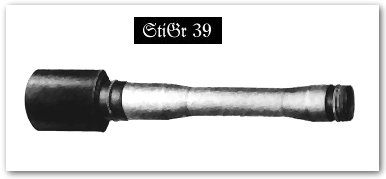
|
German designation 7.92mm Kar 98k
Calibre/cartridge 7.92mm x 57
Magazine capacity 5 rounds
Length 1107.5mm
Length of barrel 739mm
Weight unloaded 3.9 kg
Muzzle velocity 755 m/sec
Original manufacturers Mauser-Werk AG, Oberndorf-am-Neckar; Licence
(t) and 290 (J): Ceská Zbrojovka, Bruno-later Waffenwerke Brünn;
(p) and 298 (J); Czech licence- Polish State Arsenals warsaw and Radom;
(ö); Steyr-Werke AG, Steyr (b); Fabrique Nationale d'Armes de Guerre
(FN), Herstal, Liège.
Centres of production 1939-45 Mauser Werke AG, bendorf-am-Neckar.Sauer-Gruppe,
Suhl, Gustloff-Werke, Weimar. Steyr-Daimler-Puch AG, St Valentin. Waffen-Werke
Brünn (formerly CZ. Brno.
Remarks: A shortened version evolved from Gew 98 with side sling.
Adopted as standard German service rifle 1935,ten years after similar export/licence
versions. Late production series made without bayonet mounting bar and
featured pressed bands. Captured examples (except Belgium 7.65mm) issued
to various first-line formations.

|














